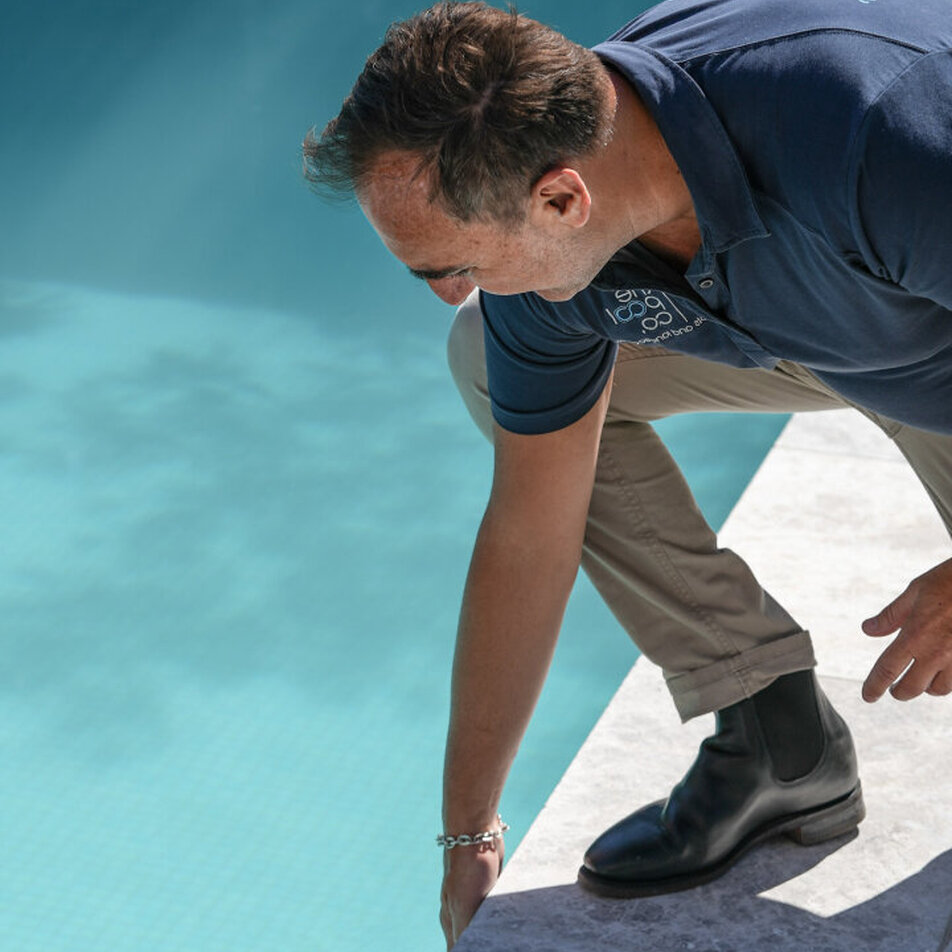Finish your pool with elegance
Add style and texture to every swim
Our waterline tiling solutions are the secret to keeping your pool’s edge pristine and easy to maintain. Say goodbye to unsightly scum lines and hello to a sleek, stylish pool perimeter that’s a breeze to clean. Whether you prefer the shimmer of glass tiles or the timeless elegance of porcelain, our high waterline tiling creates a stunning visual accent while serving as a practical barrier against dirt and grime.
Our pebble surfaces offer unparalleled sophistication and durability for those seeking a pool that’s as unique as their home. These non-porous, stain-resistant finishes look spectacular and resist algae growth, ensuring your pool stays cleaner for longer. From light to dark hues, and even sandy or blue tones, our pebble surfaces can be customised to match your vision perfectly.
At The Pool Co, we understand that a pool is more than just a place to swim—it’s a centrepiece of your outdoor living space. That’s why we combine our technical expertise with an eye for design, ensuring each pool we create is not only functional but also a stunning addition to your Sydney home.




